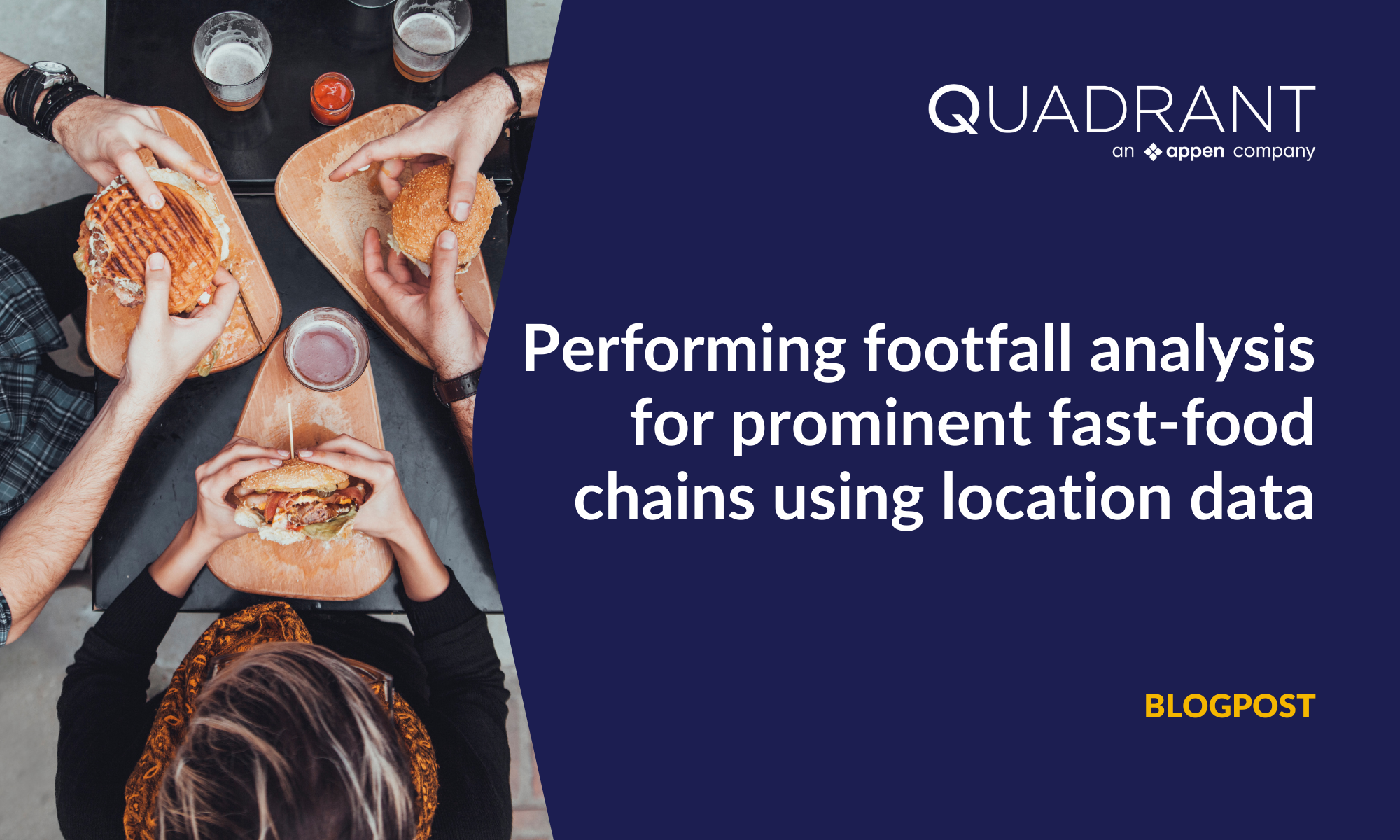Latest Updates
Lorem ipsum dolor sit amet consectetur adipiscing elit tortor eu egestas morbi sem vulputate etiam facilisis pellentesque.

Aqfer Announces New Partnership With Quadrant
Aqfer, a leading provider of big data marketing solutions, has announced a new partnership with...

.png)






.png)
